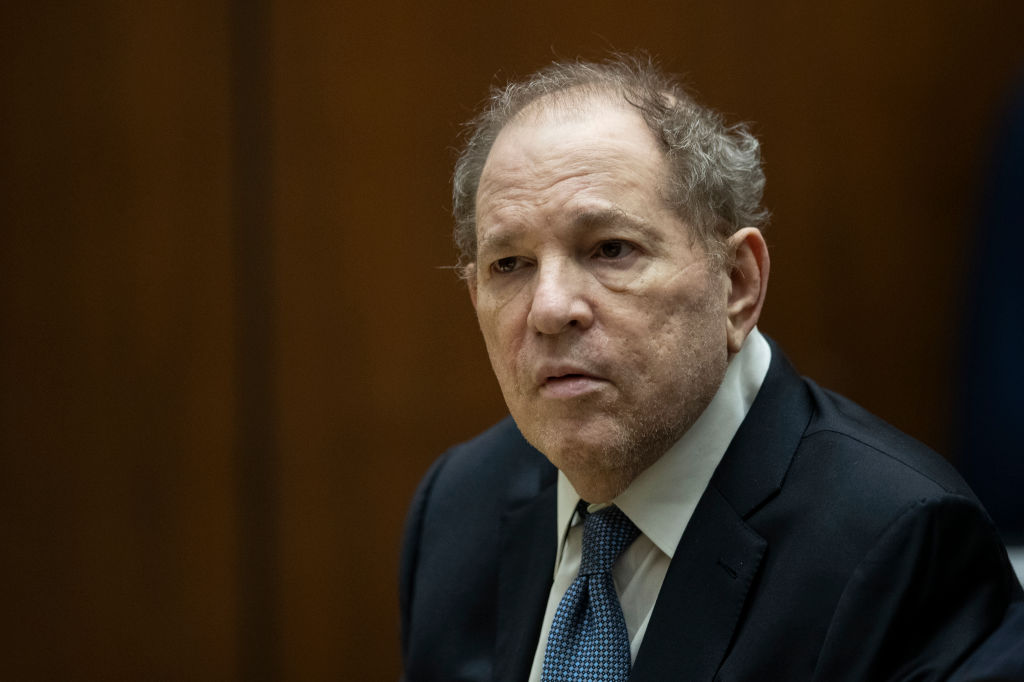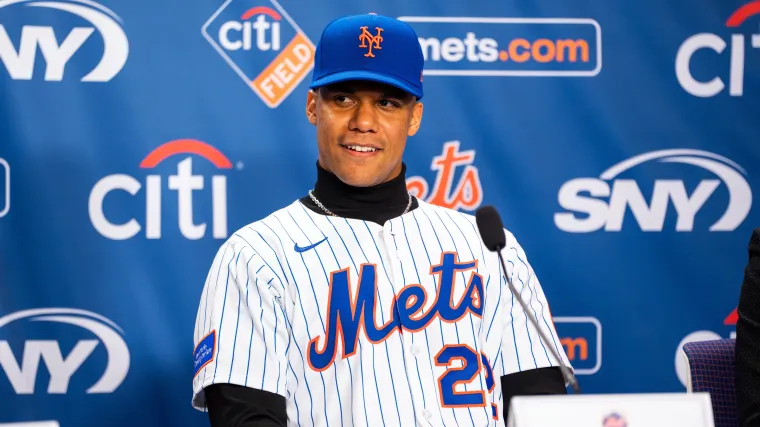What ‘Conclave’ Gets Right—and Where It Misses the Mark on Papal Politics
In the movie “Conclave,” currently available on Prime Video, Ralph Fiennes portrays a Catholic cardinal overseeing the selection of a new pope. In reality, this responsibility lies with Cardinal Pietro Parolin, who was closely allied with the late Pope Francis.
a leading contender among possible pope candidates
.
How accurately does
the Oscar-nominated “Conclave”
Does this resemble an actual conclave—the procedure for selecting a new Pope that starts on Wednesday? Mostly yes, but with several important exceptions.
Warning: This contains some “Conclave” spoilers. Unfortunately, we don’t have any spoilers regarding the actual conclave process.
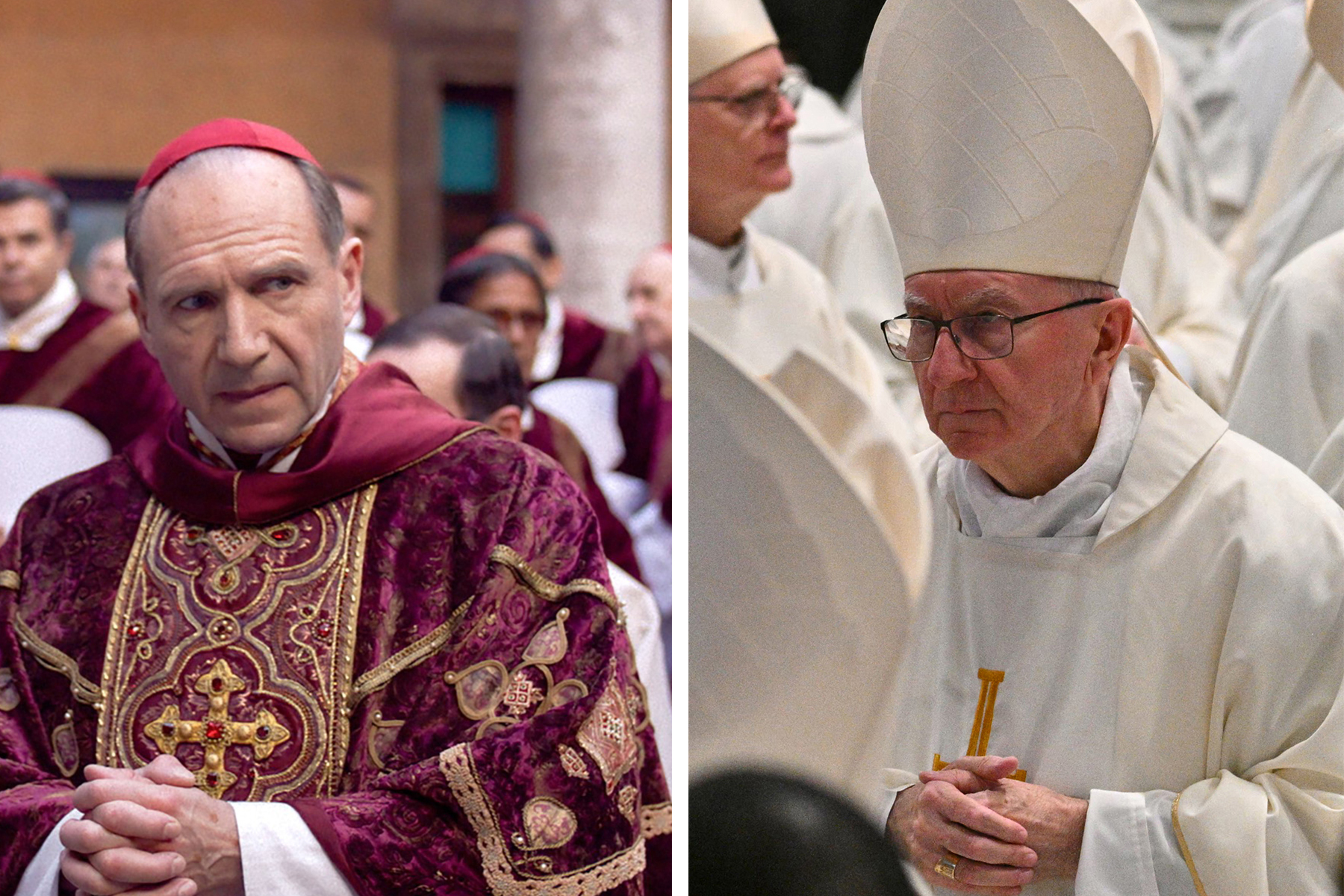
‘Conclave’ nailed the voting process.
From all accounts, “Conclave”
accurately reflected
The complex process of selecting a Pope involves several steps: Inside the Sistine Chapel, cardinals cast their votes on written slips of paper, placing these papers into an urn. Afterward, the names are announced publicly and then recorded by threading each ballot together using a needle and thread upon tallying the results.
After each round of voting, the string is tied, the garland of ballots is burned and a chemical is added to the fire to produce either black smoke, which signals to the public that the conclave will continue, or white smoke, which indicates that a two-thirds majority have elected a new pope.
“Conclave” got all this right.
The procedure remains confidential. Until it doesn’t.
As depicted in the film, prior to the commencement of the conclave, all windows are closed off, mobile devices are taken away, and electronic jamming equipment is set up to block internet access. This ensures that external interference does not affect the proceedings and maintains confidentiality throughout the election process.
However, once the pope has been chosen?
“That’s where you get the leaking,” said Daniel A. Rober, chair of the Catholic Studies department at Sacred Heart University in Fairfield, Connecticut. “After the act, you find out who all the candidates were, even though no one is ever supposed to speak of this.”
This is how the public discovered that Cardinal Jorge Mario Bergoglio, who later became known as Pope Francis in 2013, was among the finalists during the 2005 papal conclave. It was through this channel that news broke about Bergoglio stepping back from contention, which then led to Cardinal Joseph Ratzinger becoming Pope Benedict XVI.
The drama mostly happens before the windows are sealed.
Rober said that “Conclave” accurately reflected the ideological debates that happen when the Roman Catholic Church is selecting a new pope. “There are political factions, there are different groups of cardinals with different kinds of agendas for the future of the church,” Rober said.
But the movie fudged the timing of these debates. According to Rober, “the time for the drama that takes place in the movie ‘Conclave’” is during the “general congregations,” when cardinals convene
before
the conclave officially begins.
Throughout the years, the Vatican has incorporated additional elements.
pre-conclave open discussions
to make the conclaves faster and more efficient. A long conclave can signal contention and undermine the authority of the church.
“It would create rifts among the believers,” Robert stated.
However, this can add more excitement to the weeks preceding the conclave.
The general congregations are frequently when factions and rivalries begin to play out in the media — especially in Italy, where the press and public have been especially captivated by Vatican palace intrigue for centuries. Ahead of this conclave,
gossip has been swirling
Regarding the two main contenders: Parolin, an austere Italian known for his consistent and unwavering leadership along with his inscrutable expression, and Cardinal Luis Antonio Tagle from the Philippines, who has been characterized by Robert as “the person most akin to a natural heir to Francis both in manner and essence among those present at this conclave.”
This isn’t a political convention.
Joanne Pierce, an Emeritus Professor from the Religious Studies Department at the College of the Holy Cross located in Worcester, Massachusetts, believes that “Conclave” might have overemphasized the electoral processes involved.
“Active ‘campaigning’ for the position is strictly forbidden, and I think some of the side conversations among the cardinals in the film come a little too close to campaigning,” Pierce wrote in an email.
A common saying circulates regarding frontrunners at a conclave: “He who enters as pope leaves as cardinal.” Excessive ambition often undermines a cardinal’s chances of becoming pope.
Stanley Tucci’s character arc as Cardinal Bellini pointed to this paradox. In “Conclave,” Bellini initially adopted the pose of a reluctant candidate. It wasn’t until he was out of the running that he admitted to Fiennes’s character that he had already picked out his papal name.
But some Catholic experts stress that a conclave is at its heart a spiritual event.
“We oftentimes think about a papal conclave as if we are on Capitol Hill. That’s not the case,” said Kurt Martens, a professor with the School of Canon Law at the Catholic University of America, at a lecture in April. “It is also a prayerful event. Let’s not forget that.”
The living spaces for the cardinals truly look like college dorms.
Robert Harris, who penned the novel “صند
Conclave
The author of the book upon which the movie was based stated that he aimed to create his story “with as much accuracy as possible” and noted that there were “surprisingly minor discrepancies” between his novel and the cinematic adaptation.
“Overall, I have had nine adaptations to film from my books, and I must say that this one has been the most loyal adaptation, even counting the two that I wrote for the screen myself,” Harris stated.
In his research, Harris went through all four Gospels of the New Testament and delved into the regulations overseeing the governance of Vatican City. He was provided with permission to explore sections of the Vatican showcased in “Conclave.” According to his recollection, the film accurately portrayed the appearance and ambiance of the chambers where the cardinals stay during the conclave.
“It’s not terrible, but it’s certainly not pleasant,” Harris commented about the cardinals’ living quarters. A gentleman he talked to likened his room to something you’d find in a private medical center or rehabilitation facility.
The team consists of more than just nuns.
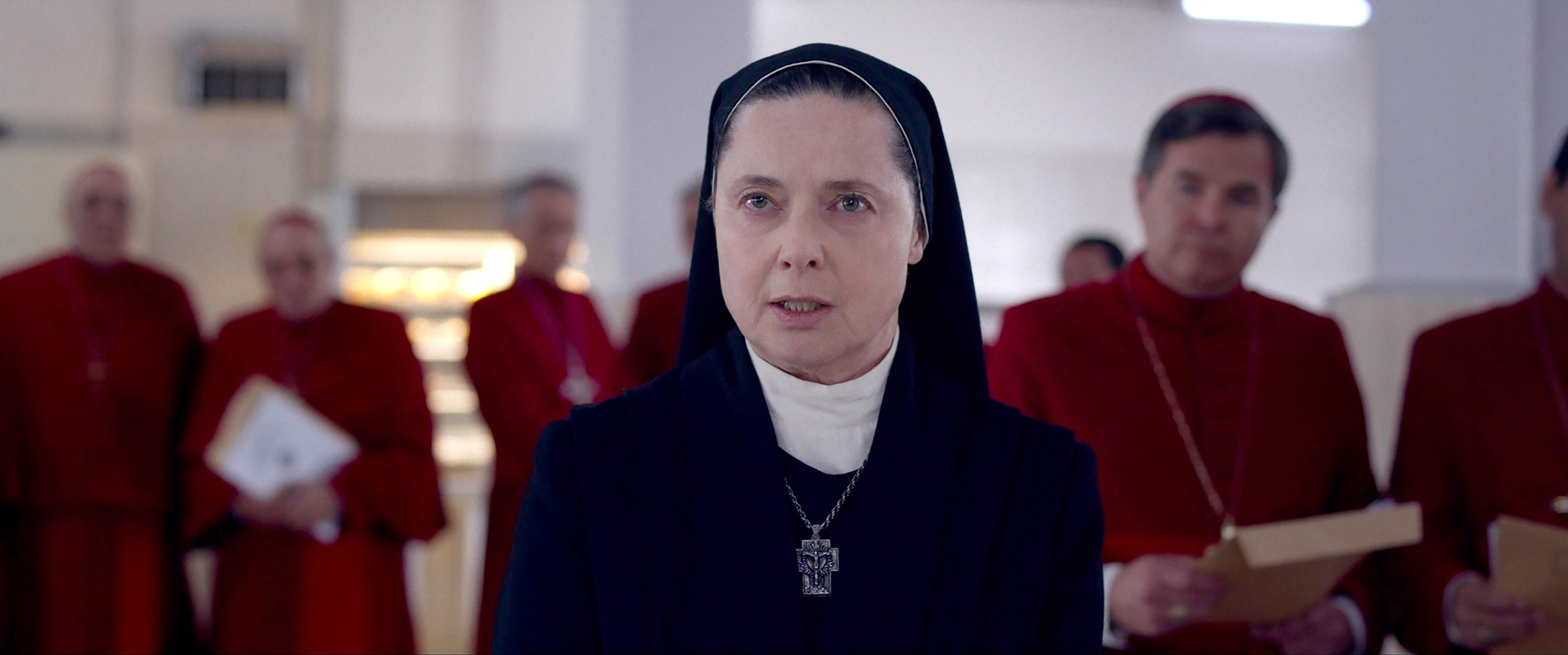
“Conclave” showcased a kitchen staffed exclusively by nuns wearing their traditional garments. This striking image may serve as a symbol for the limited position of women within the church. However, this depiction isn’t completely precise.
The personnel at the Vatican also consist of laypeople and individuals who are not Catholic. Sometimes, older cardinals bring along caregivers such as nurses or additional support staff, roles which were not depicted in the film.
And while Isabella Rossellini’s impromptu speech (and curtsy) was one of the most memorable moments in the movie, it wasn’t realistic. “It is unlikely that one of the religious sisters serving as cooks and housekeepers during the conclave will address the cardinals in the dining room,” Pierce wrote.
Money does play a role.
“Conclave” features a plot involving Cardinal Tremblay (played by John Lithgow) being accused of covert simony, or ecclesiastical bribery.
Historically, there have been several rumored incidents of papal simony. Pope Alexander VI, elected in 1492, was rumored to have bought his papacy with four mule-loads of silver, though that story has never been substantiated. Pope Benedict IX, elected in 1032, and Pope Symmachus, elected in 498, were also dogged by bribery rumors.
“I can promise you that over the 2,000-year history of the church, there has been plenty of grubby dealmaking at conclaves,” said Philip Shenon, a former New York Times investigative reporter and the author of “
Jesus Wept: Seven Pontiffs and the Struggle for the Heart of the Catholic Church
.”
Wealth continues to be significant in modern papal politics. “Very conservative, affluent American Catholics exert considerable influence over matters occurring outside the conclave,” according to Shenon.
A faction within the Catholic community known as the Better Church Governance Group has been gathering resources over multiple years to produce their ”
Red Hat Report
“, which compiled files on possible papal contenders and has been strongly critical of Parolin.

Robert notices parallels between how “dark money” and influential special interest groups can affect American politics, and the methods used by well-financed Catholic entities when they fund research on potential papal candidates. Their aim is often to uncover damaging information that could blemish these individuals’ reputations.
However, Shenon remains unconvinced that the endeavors of affluent conservative American Catholics will inevitably prove successful.
Eighty percent of the cardinal voters will be men who were
put there by Francis
, and Francis wasn’t interested in locating cardinals who were staunch conservatives and might oppose his legacy,” Shenon stated. “It appears far more probable that the conclave will select a new pope who aligns closely with the principles left behind by Francis.
No surprise candidates.
“Conclave” centers around the character of Cardinal Benitez, portrayed by Carlos Diez, an unexpected contender from a church in Afghanistan. The movie features him as an unforeseen addition to the gathering, permitted entry once it’s established that he was named a cardinal in pectore—a designation for bishops secretly chosen as cardinals by the Pope without going through standard open appointments.
It’s a great plot point. But it’s not really possible.
Politically, it’s extremely unlikely.
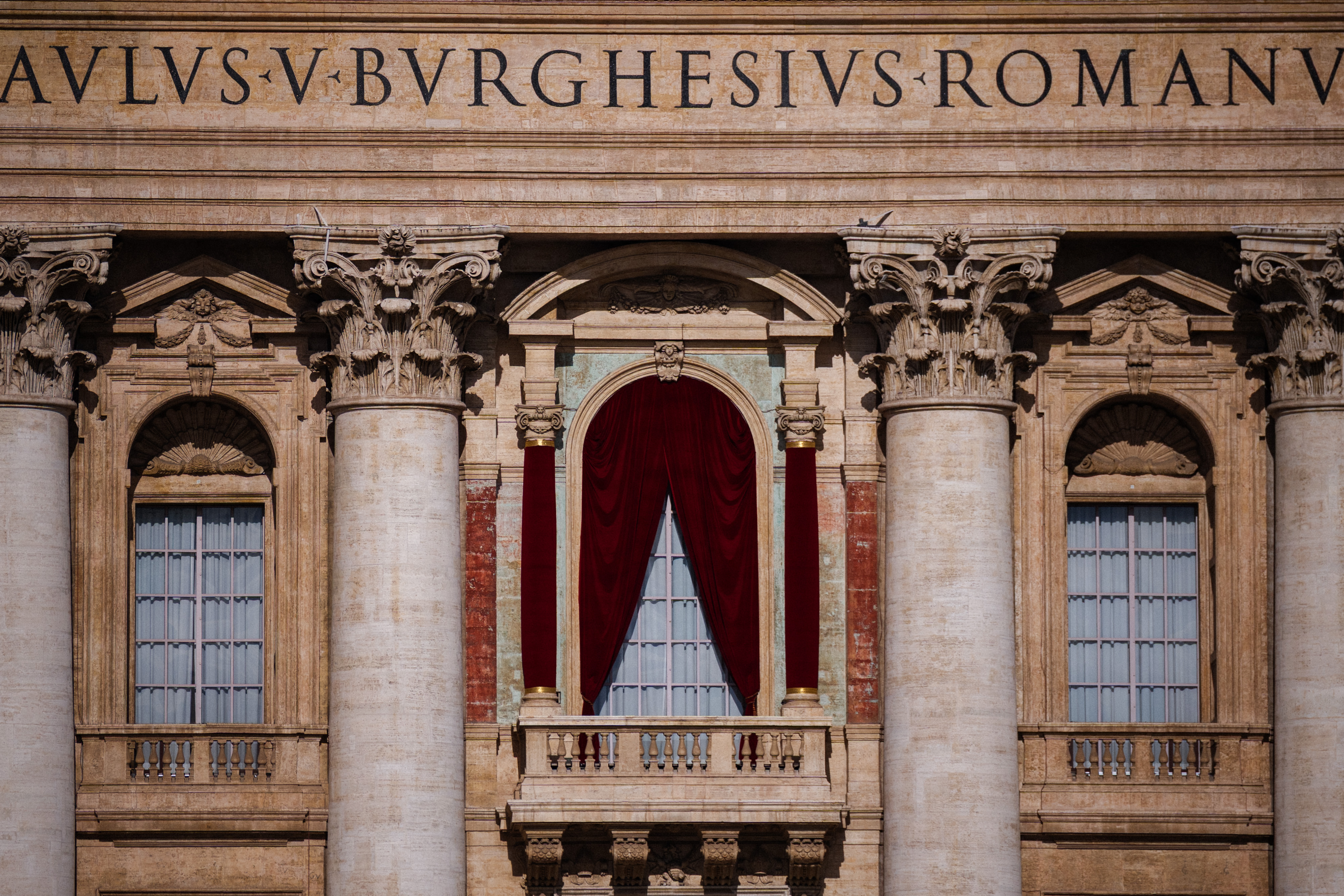
“The idea that an unknown candidate would suddenly rise to the top in that way is a little implausible,” Rober said.
Pierce also wrote that there was “very little chance that some surprise scandal will break during the conclave, unlike in the film.”
And although the pope has the authority to appoint in pectore cardinals, Benitez would not have been admitted to the conclave in real life.
“The way that in pectore cardinals work is, if it is not announced by the pope before his death, that status is revoked,” Rober said. “So you can’t just show up at the conclave with a letter saying that you are a cardinal and be admitted.”



